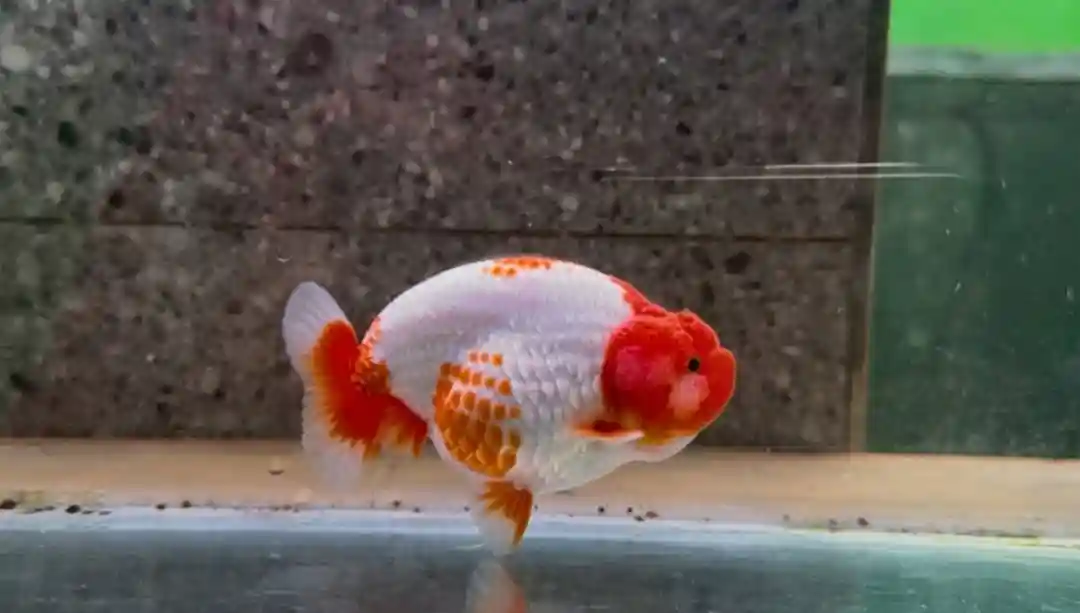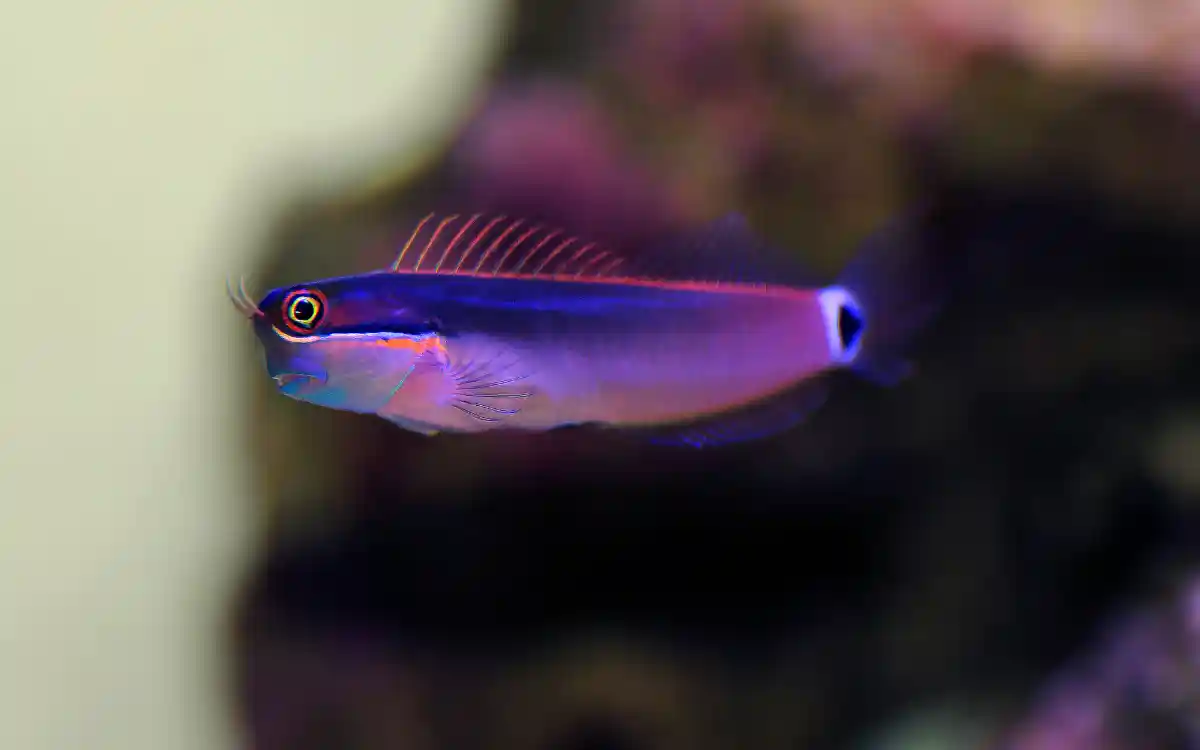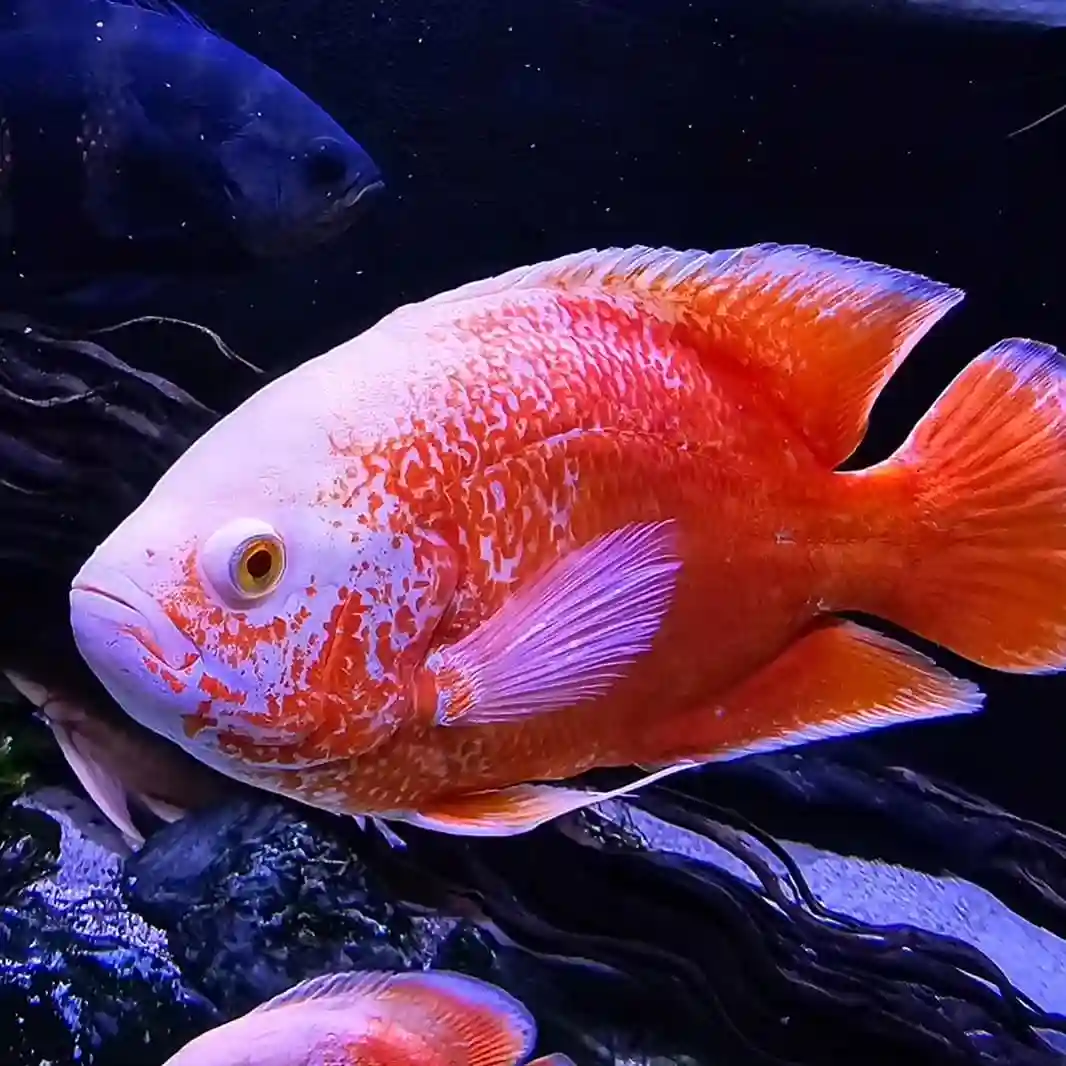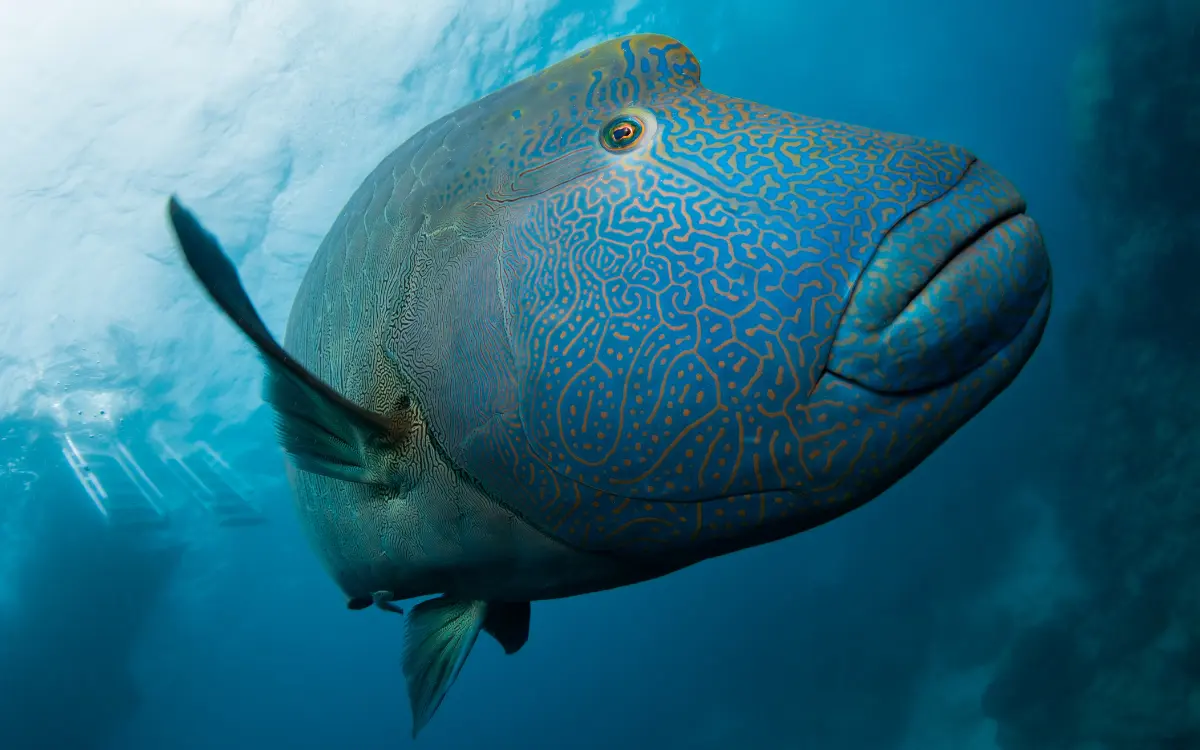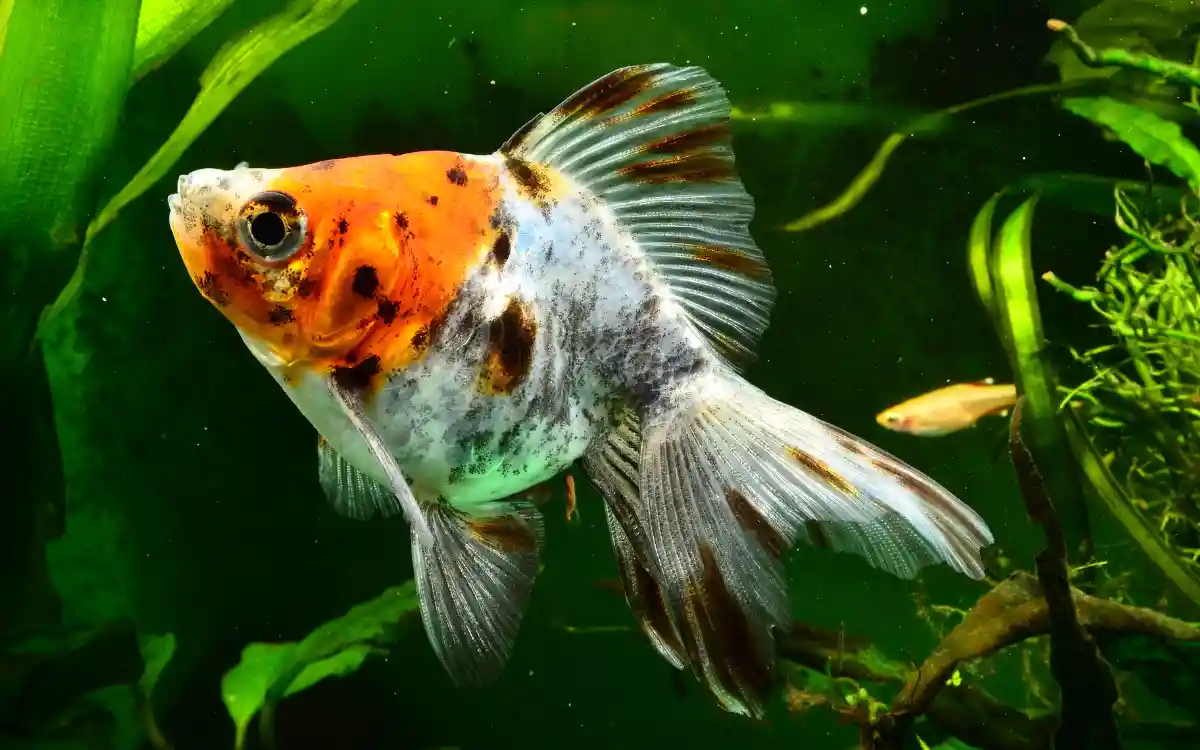Rainbowfish Care Guide: Size, Lifespan, Tank Setup, Diet & Tank Mates
Rainbowfish are bright, peaceful freshwater fish famous for their shimmering, rainbow-like scales. Native to Australia, New Guinea, and Indonesia, these active schooling fish bring color and motion to community aquariums. They thrive when kept in groups and provided with clean water, plenty of space, and a balanced diet.
What Is a Rainbowfish?
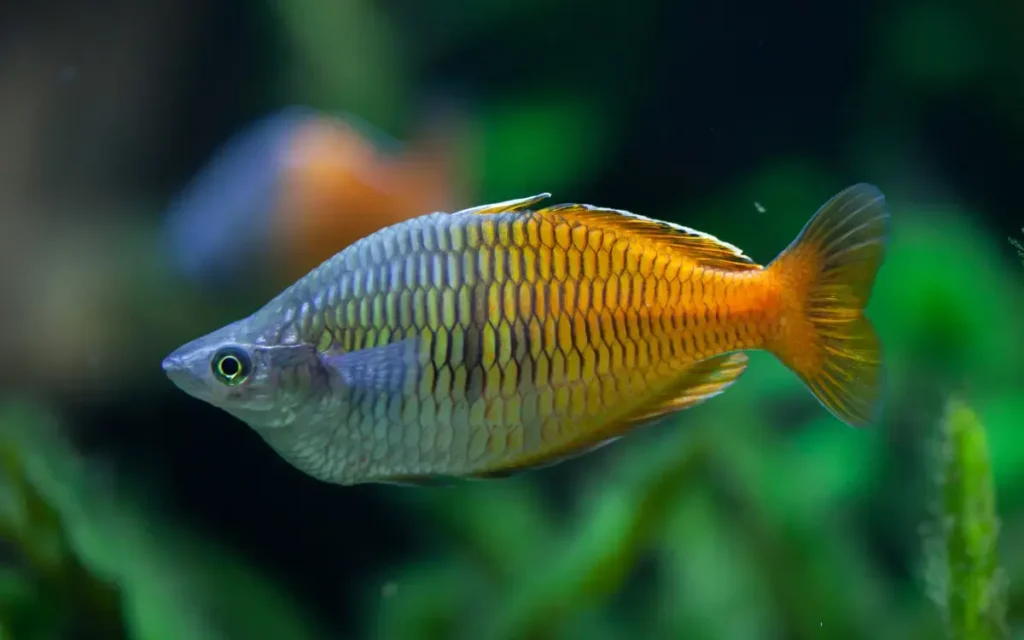
Rainbowfish are small to medium-sized schooling fish with slim bodies, forked tails, and iridescent scales that change color as they swim. They’re popular for community tanks because of their peaceful nature and compatibility with other friendly fish. Their colors are most vivid in well-maintained aquariums with proper lighting and water quality.
Rainbowfish Quick Facts
Feature Details Size 3–6 inches (varies by species) Lifespan 5–8 years Temperament Peaceful, active schooler Tank Size 30 gallons minimum for a small school Temperature 74–80°F pH 6.5–8.0
How Big Do Rainbowfish Get and How Long Do They Live?
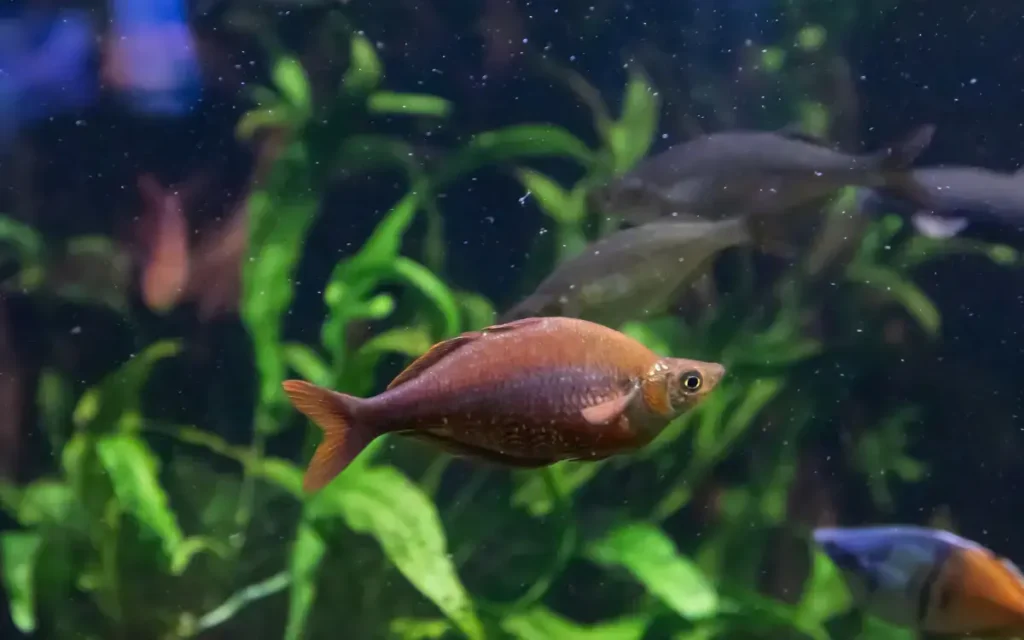
Rainbowfish typically grow between 3 and 6 inches, depending on the type. Boesemani Rainbowfish usually reach around 4 inches, while larger species like the Lake Kutubu Rainbowfish can approach 5 inches or more. With good care — including proper water conditions, diet, and space — they can live 5 to 8 years or longer in home aquariums.
Ideal Tank Setup for Rainbowfish

Tank Size
Rainbowfish need room to swim. A 30-gallon aquarium is the minimum for a small group (5–6 fish), but larger tanks (40–55 gallons) are better, especially for bigger species or mixed groups.
Water Conditions
Rainbowfish prefer clean, well-oxygenated water with a temperature between 74 and 80°F. They thrive in pH levels from 6.5 to 8.0. A strong filter helps keep the water clear and provides the gentle flow they’re used to in nature.
Substrate and Decor
Use fine gravel or sand as substrate. Rainbowfish enjoy tanks with hardy plants like Vallisneria, Java Fern, and Anubias. Leave open swimming areas so they can move freely. Add driftwood and smooth stones for variety.
What Do Rainbowfish Eat?
In the wild, Rainbowfish eat small insects, crustaceans, and algae. In the aquarium, provide a varied diet with high-quality flakes or micro pellets as the staple. Supplement with live or frozen foods like brine shrimp, daphnia, and bloodworms. Blanched spinach or zucchini can also be offered occasionally.
Feed small amounts once or twice daily, giving only what they can eat in 2–3 minutes.
Rainbowfish Behavior and Tank Mates
Rainbowfish are peaceful and active swimmers. They do best in schools of at least five of their own kind — this helps reduce stress and brings out their best color.
Good tank mates include peaceful fish like tetras, rasboras, danios, Corydoras catfish, and peaceful barbs. Avoid housing Rainbowfish with aggressive fish or fin-nippers.
(Long-tail: rainbowfish compatible tank mates, rainbowfish community aquarium setup)
Breeding Rainbowfish
Breeding Rainbowfish is possible in home aquariums. Use a separate breeding tank with slightly warmer water (78–80°F) and fine-leaved plants or spawning mops. Rainbowfish scatter their eggs, and the adults may eat them, so it’s best to remove the adults after spawning.
The eggs hatch in about 7–10 days. Feed the fry infusoria or liquid fry food until they’re large enough for baby brine shrimp.
Common Rainbowfish Problems
Rainbowfish can suffer from ich, fin rot, and stress-related issues if water conditions are poor. Keeping their tank clean, providing the right water parameters, and maintaining a proper school size prevents most problems. Watch for signs like clamped fins, dull color, or sluggish swimming as early warnings of trouble.
FAQs
How long do Rainbowfish live?
With proper care, they can live 5–8 years or longer.
What size tank do Rainbowfish need?
A minimum of 30 gallons for a small school, but larger is better.
Are Rainbowfish good for beginners?
Yes — they are hardy, peaceful, and adaptable, making them a good choice for beginners.
Can Rainbowfish live alone?
No, Rainbowfish are schooling fish and need the company of their own kind to stay healthy and happy.
Final Thoughts
Rainbowfish are a colorful, active addition to freshwater community aquariums. By giving them a clean, well-sized tank, keeping them in groups, and feeding them a balanced diet, you’ll enjoy their beauty for years.

